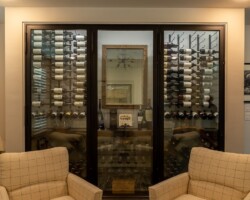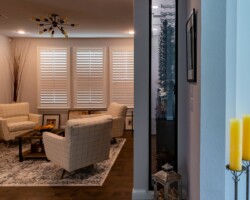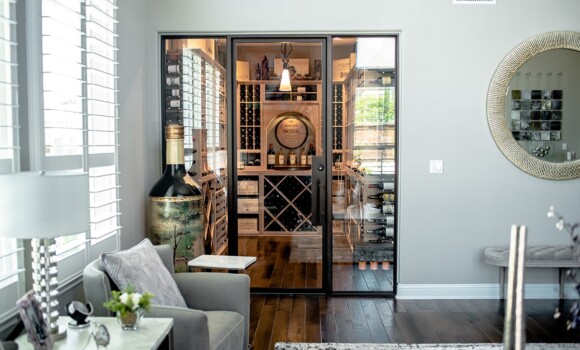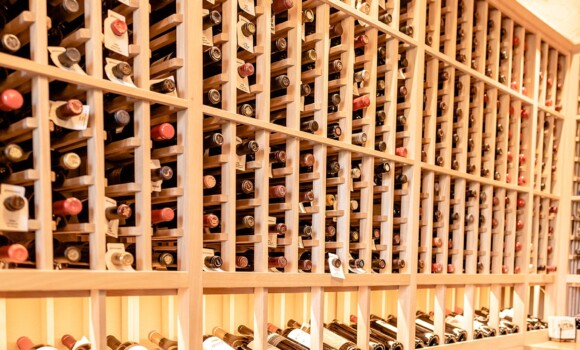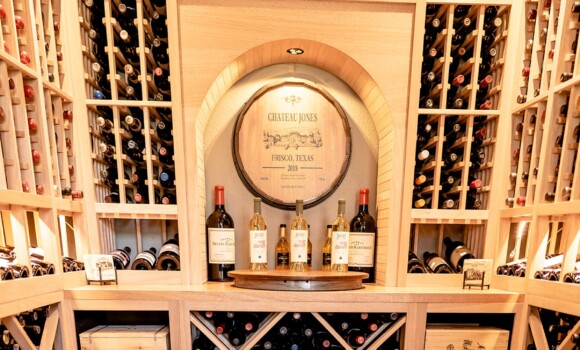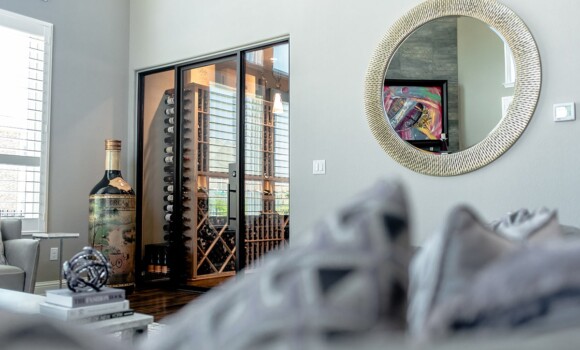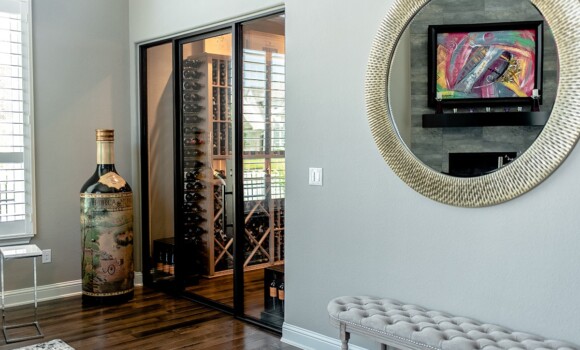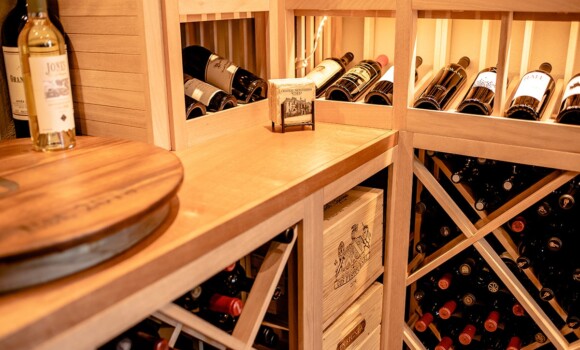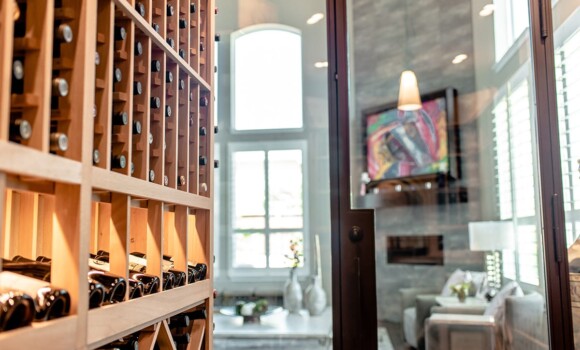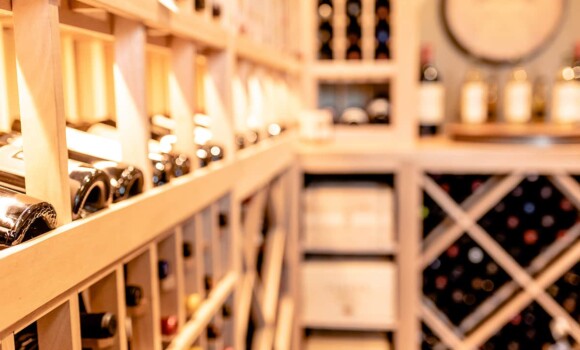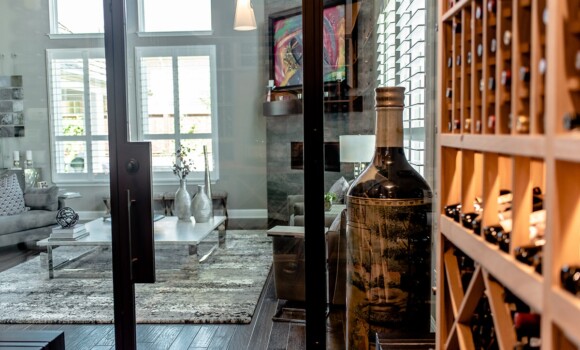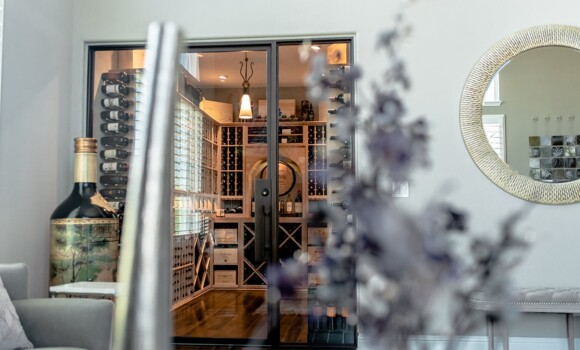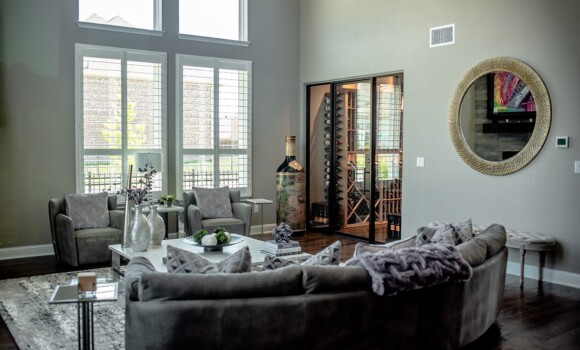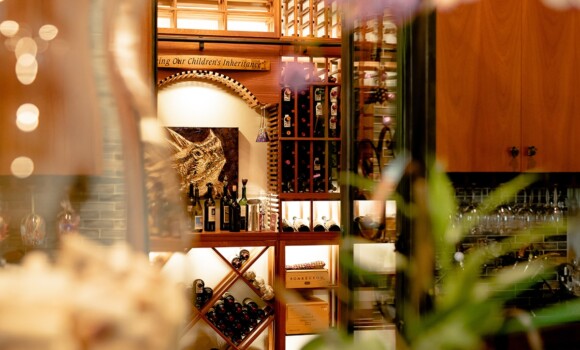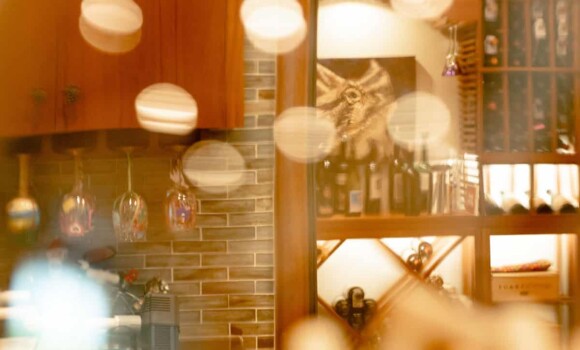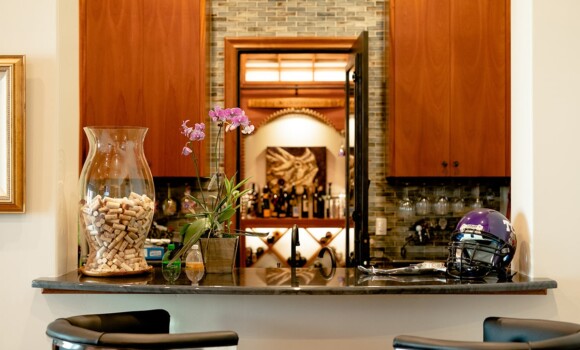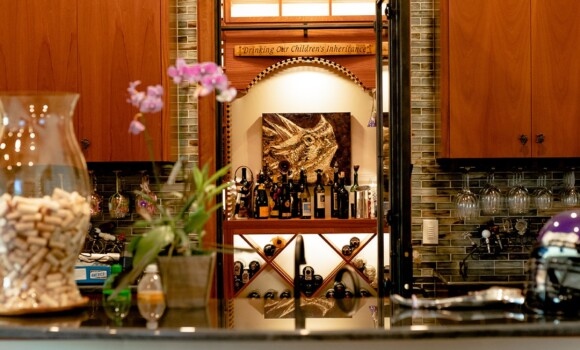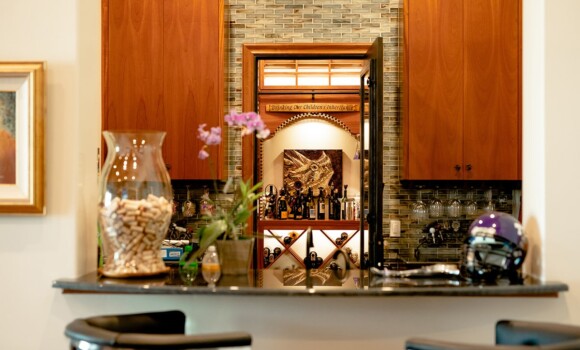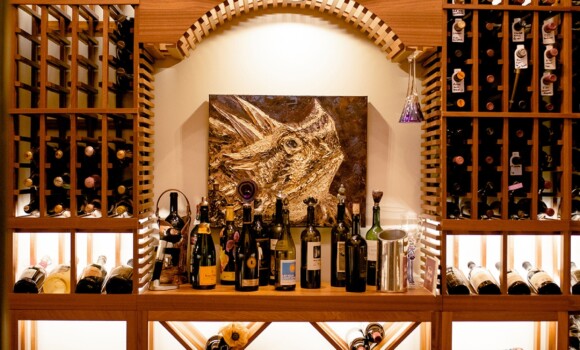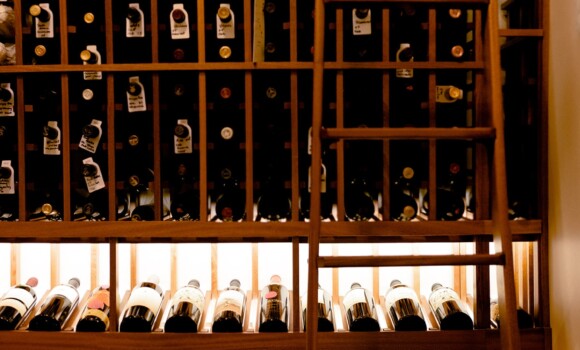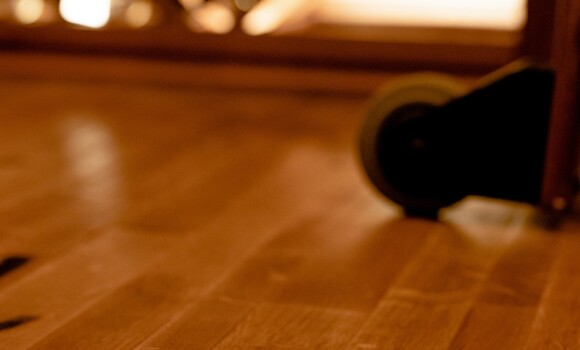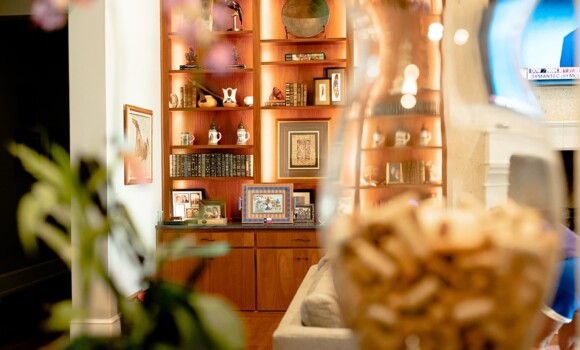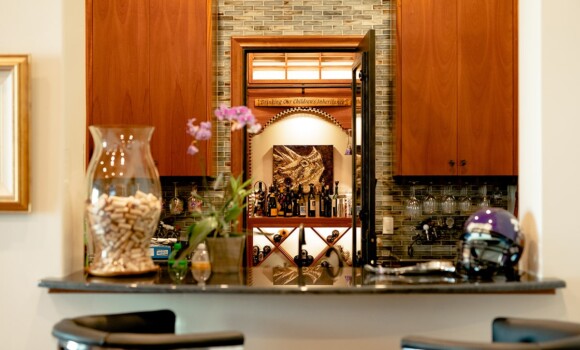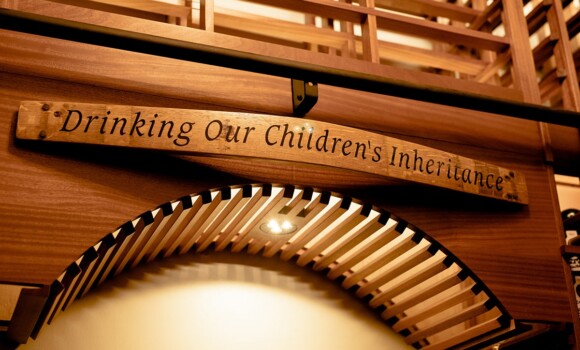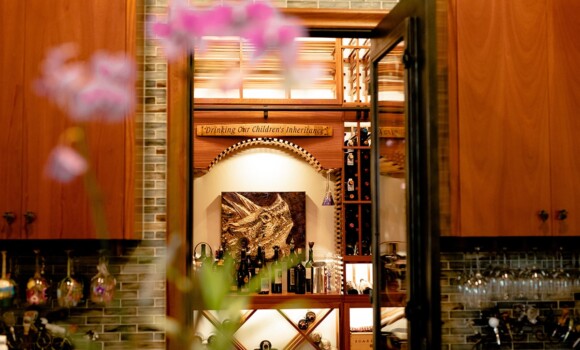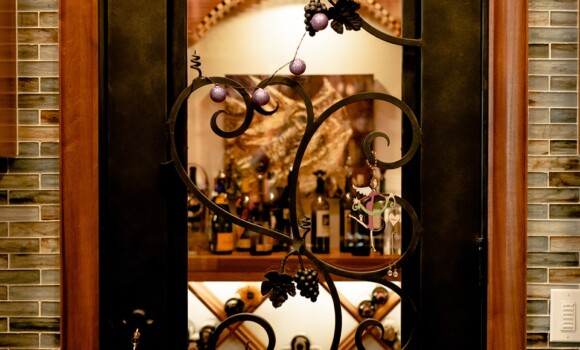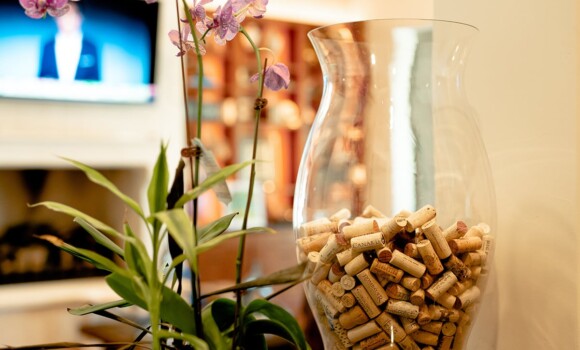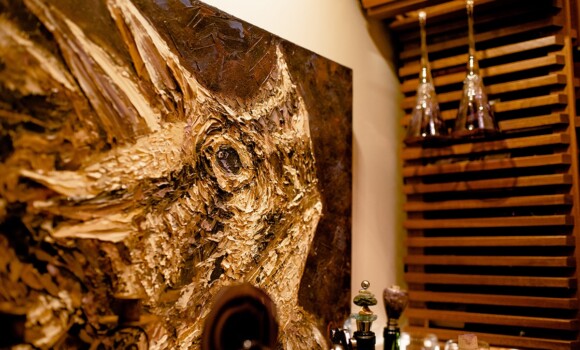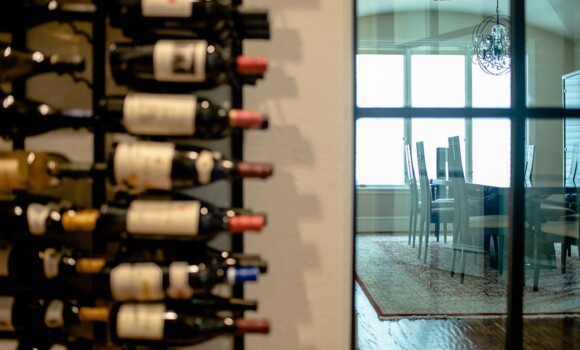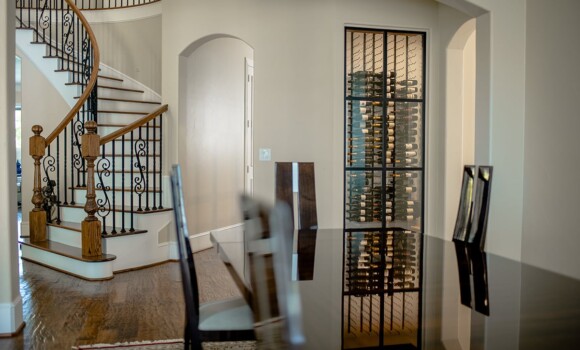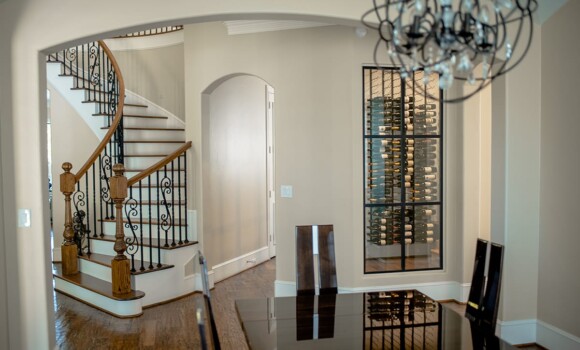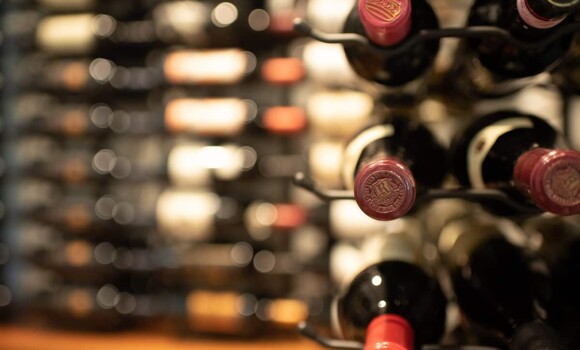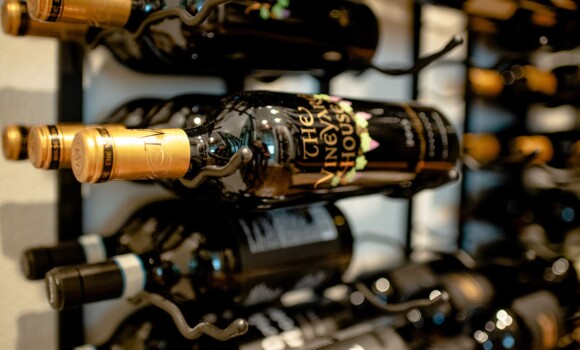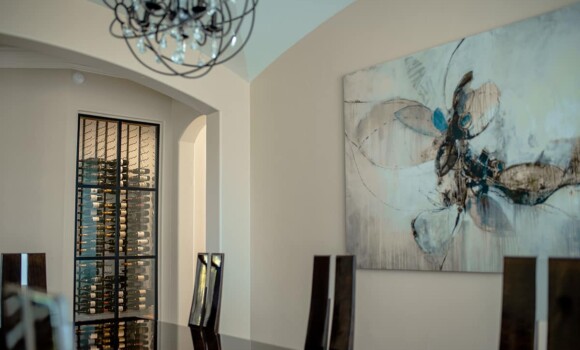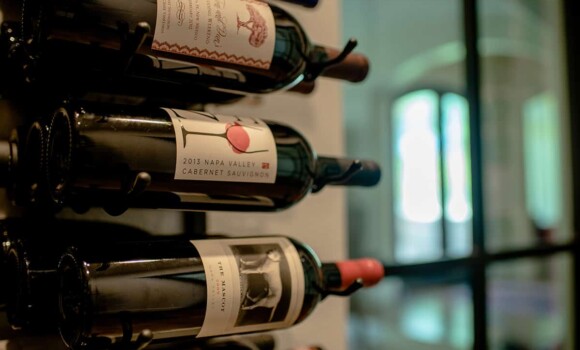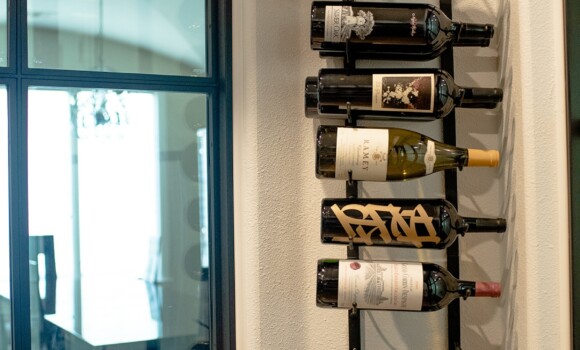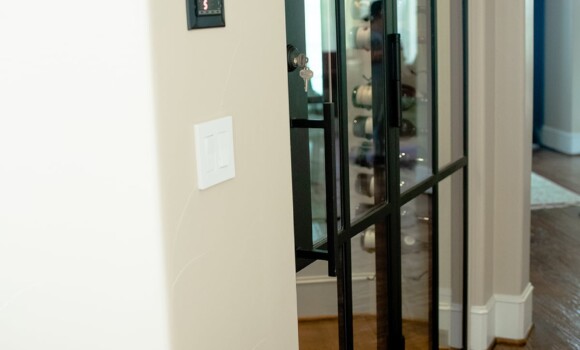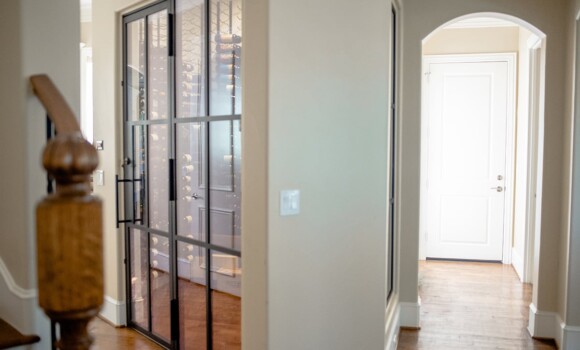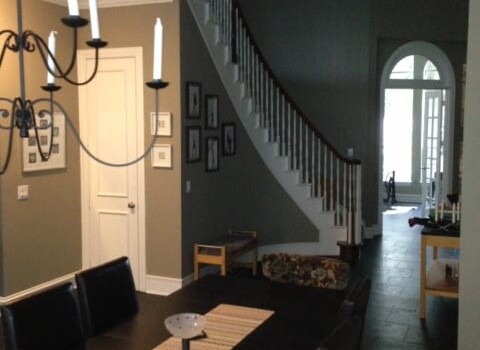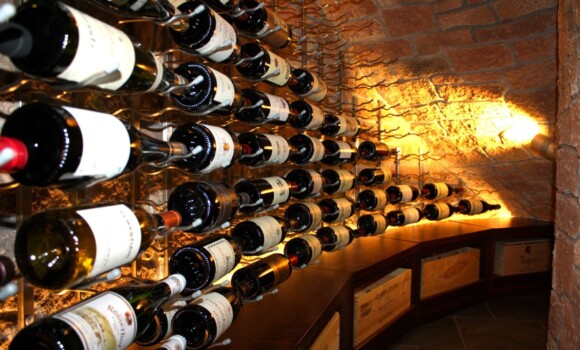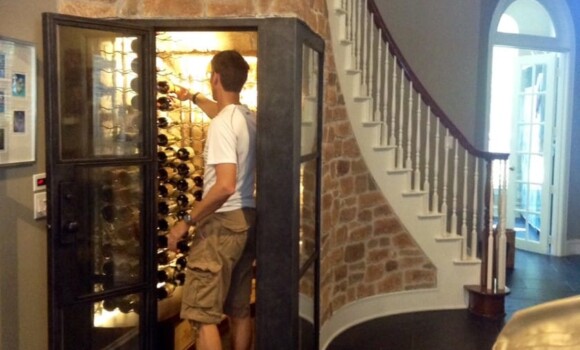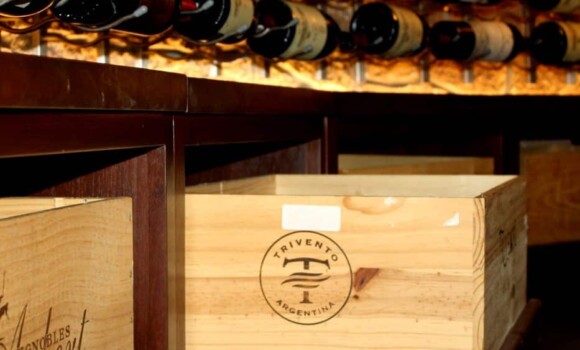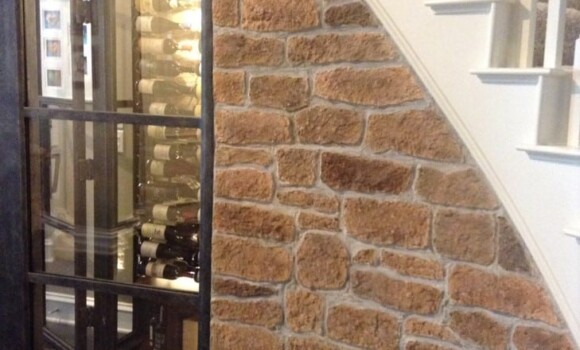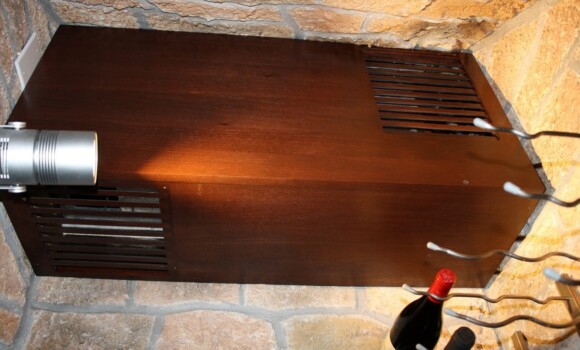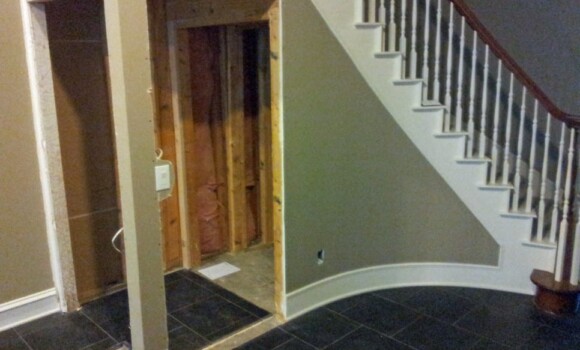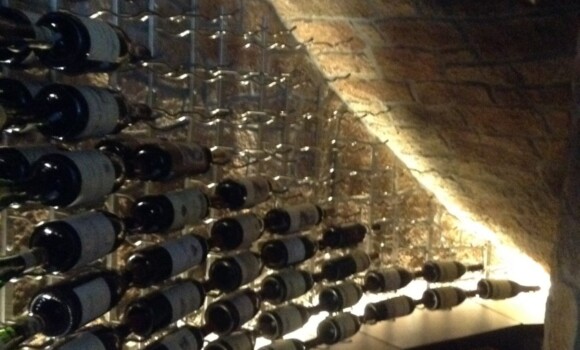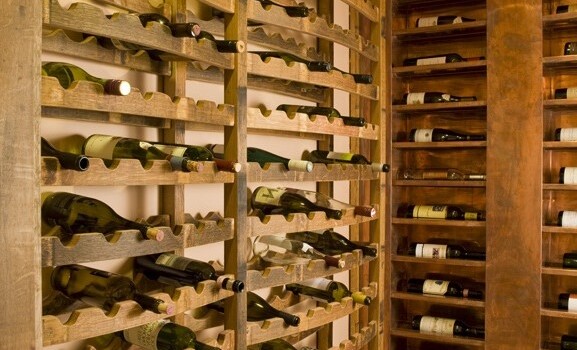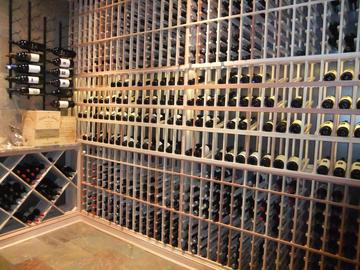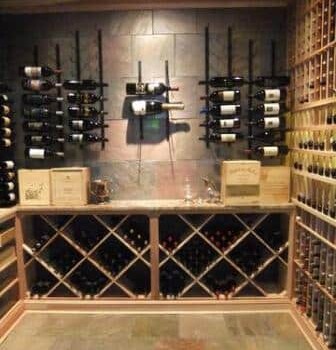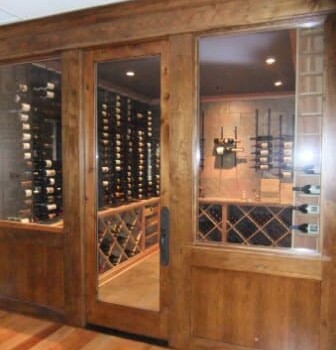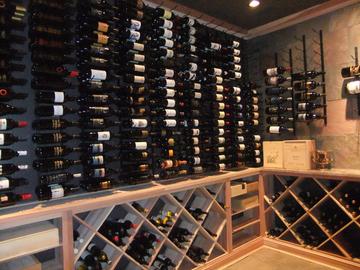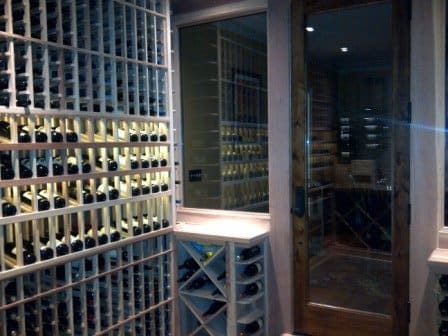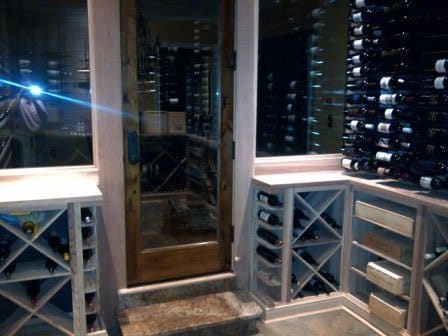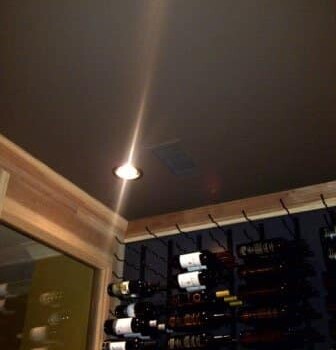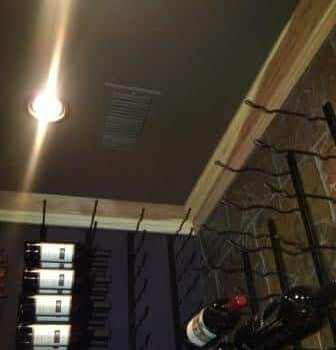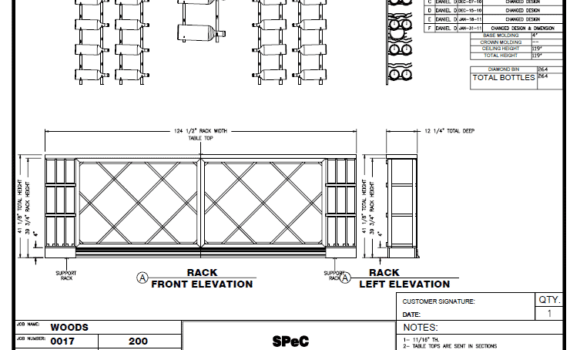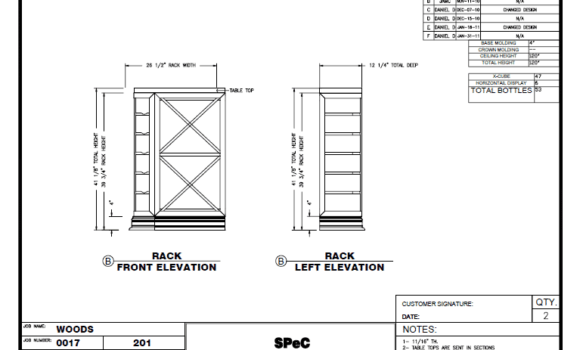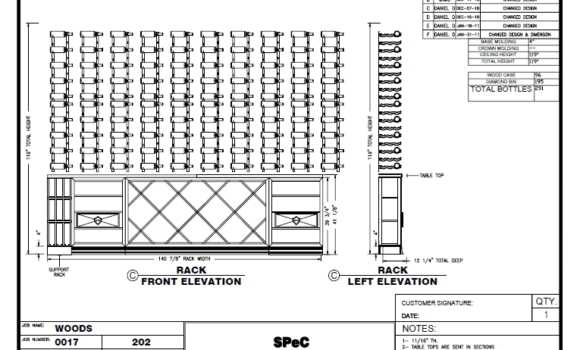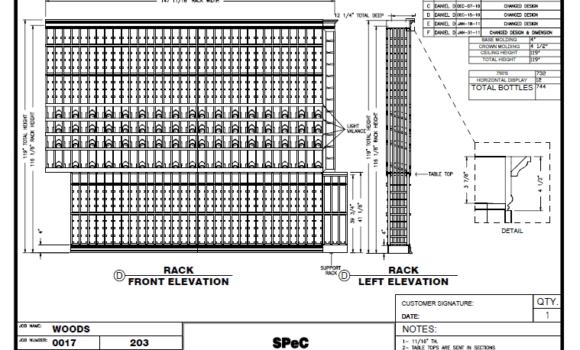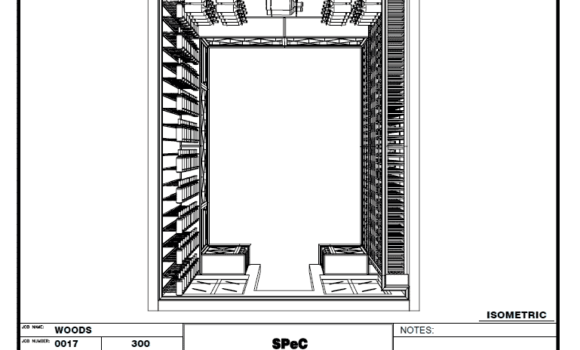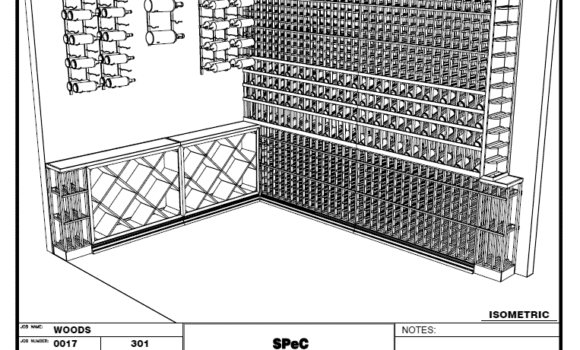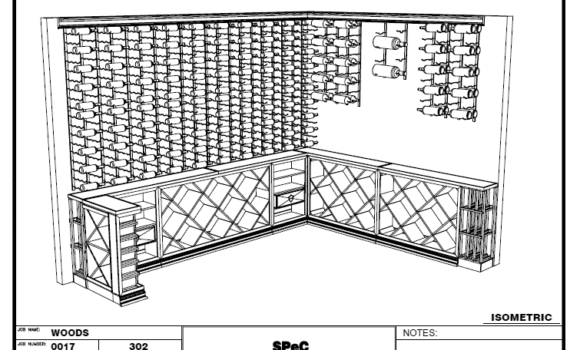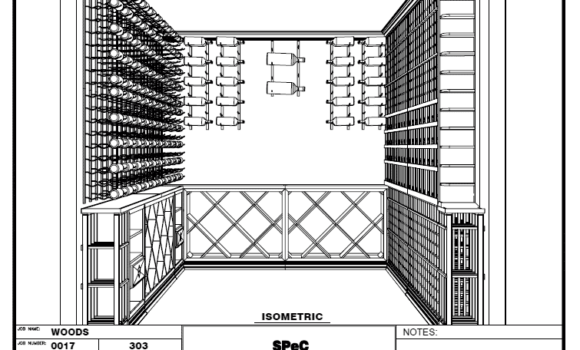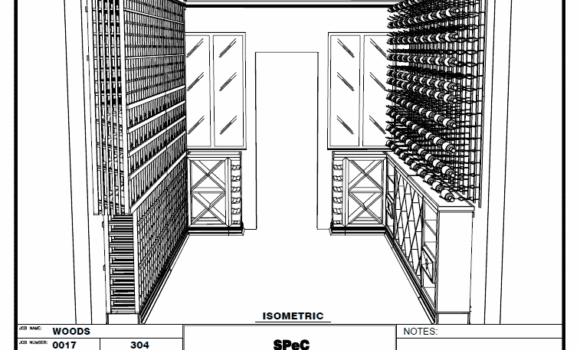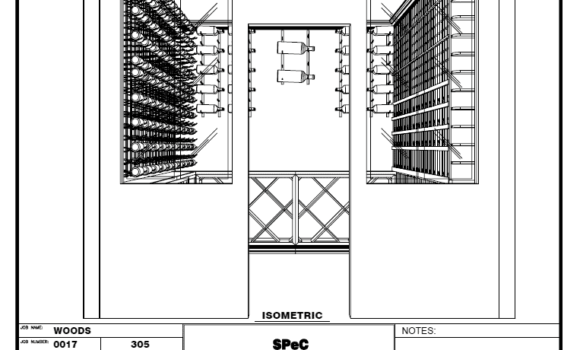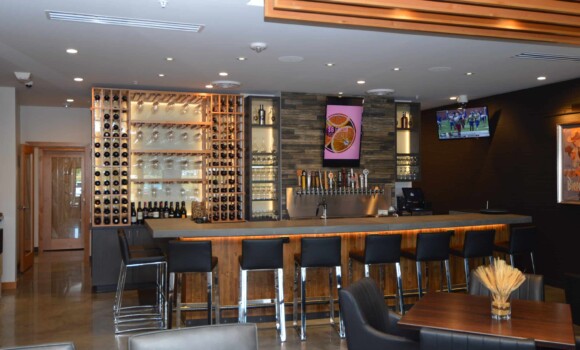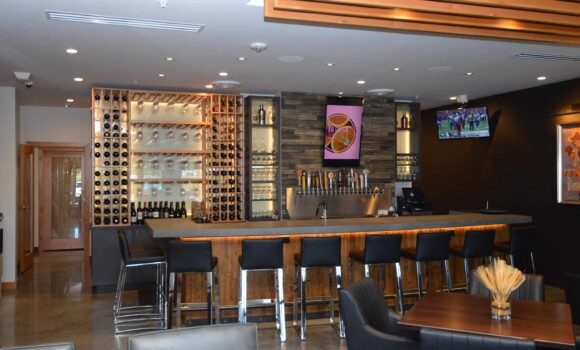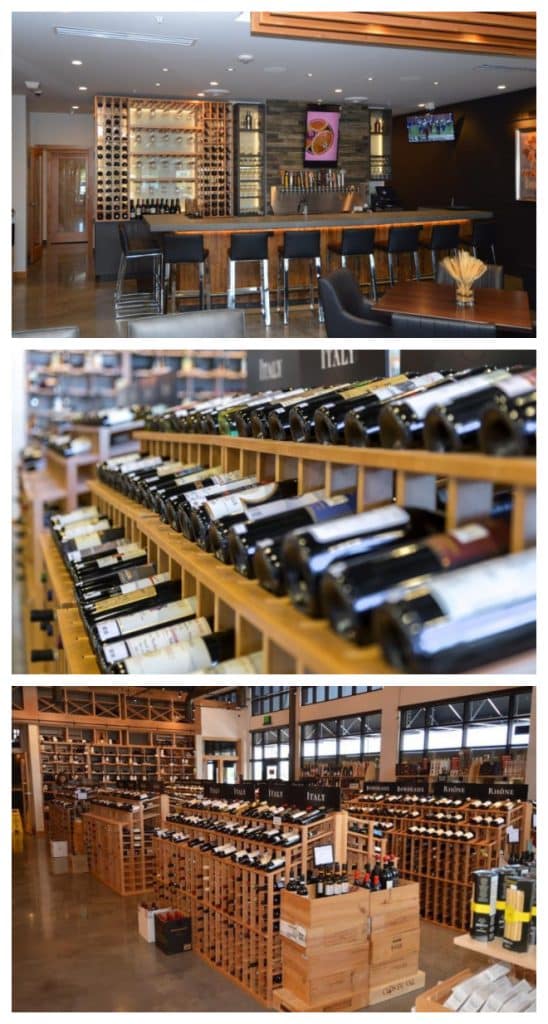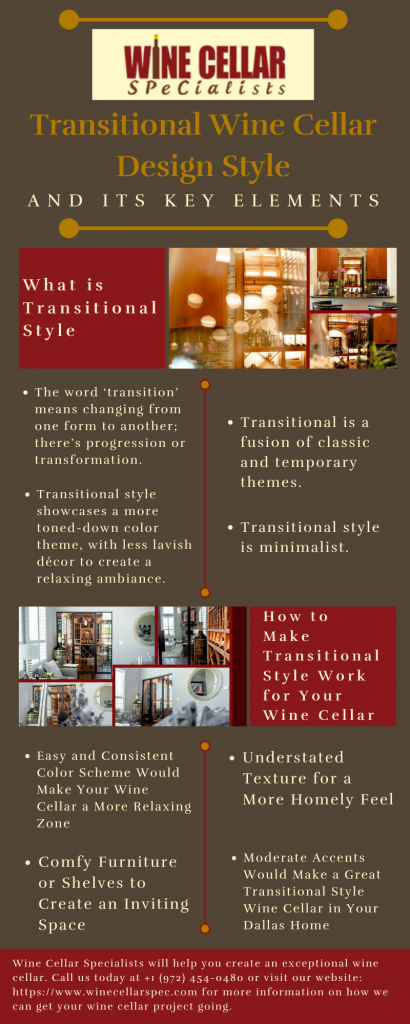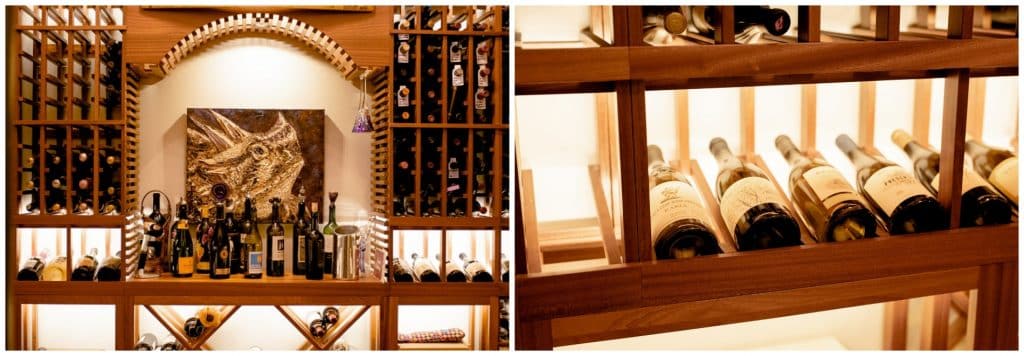Check out some of our transitional design-inspired custom wine cellars we’ve built and spark your inner interior designer!
Transitional Residential Custom Wine Cellars: Making Your Home Wine Cellar Welcoming and Warm
Designing your wine cellar has always been a glamorous experience, even if you decided to go with a transitional style wine cellar for your Dallas residence. This style seems like an easy choice, but it can also be challenging.
Classic or contemporary themes can be considered an easier approach in that you know their exact elements. Here, you will be dealing with a singular concept. Transitional style, on the other hand, is a fusion of both, which may give you a bit of a dilemma in terms of color options, furniture, and accessories, among others. It’s worth giving a shot especially if you are a minimalist and not a fan of cluttered spaces.
We have an array of transitional-style wine cellars that you would surely admire and imitate. Check out our gallery!
7. Transitional Small Wine Cellar Designs in a Dallas Home
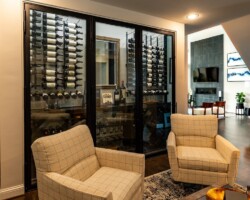
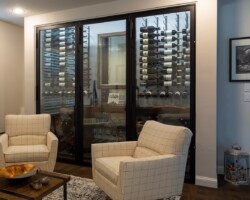
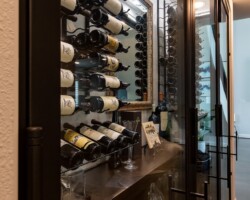
Featured Article
6. Contemporary Designed Living Room with Transitional Wine Cellar in Dallas
Featured Article
5. Transitional Wine Cellar and Bar Area in North Dallas Home
Featured Article
4. Residential Home Office Wine Cellar Conversion
Featured Article
3. VintageView Wine Cellar, Metal with Wood Coppel TX Project
Featured Article
2. CharityWorks GreenHouse – Reclaimed Wine Barrel Racking by Design
Featured Article
Transitional Style Custom Commercial Wine Cellars: Warm, Comfort, and an at Ease Feeling!
2. Innovative Commercial Wine Cellar, Display, & Storage at City Vineyard, MT- PART 2
1. Commercial Custom Wine Cellar, Display, & Storage at City Vineyard, MT
Featured Article
Commercial Custom Wine Cellars Storage Racks City Vineyard Montana
Transitional Wine Cellar is a Minimalist’s Haven!
Minimalist does not always mean paltry, just as wine cellar does not always mean dark and old. In a world where ‘stressful’ has become a common adjective, simplicity has become in demand. This applies not only to the living room or bedroom; the wine cellar is also a great venue to practice the transitional style.
What is transitional style? What makes it different from modern and traditional designs? As soon as you understand its principles and elements, there is no doubt that you will love your wine cellar set up the transitional way.
 What is Transitional Style?
What is Transitional Style?
The word ‘transition’ basically means changing from one form to another; there’s progression or transformation. When you fuse classic and contemporary elements in one space, you witness an evolution happening right before your eyes. And a pleasant and comprehensive one at that.
Think uncluttered art that appeals to both masculine and feminine, as well as younger and more mature tastes. Usually, the accessories are minimal yet striking. Expect some texture and a more neutral palette. The traditional style mixes straight lines and curves to create a harmonious design.
Interior designers have known this for a long time but to laymen, it’s a new trend in wine cellar design. Transitional style can be more interesting when you apply it to wine cellars, which are often built-in dark or vintage modes.
Transitional vs Modern-Contemporary
Contemporary styles are often bold and daring. It also tackles forms, shapes, and symmetry without extravagance. Color is the key to defining a modern style and accents complete the ensemble. Neutral colors, such as brown, white, or cream fill the walls but sharper tones dominate the environment.
Steel or metal décor does not go missing in contemporary styles. You can have chrome, stainless steel, or nickel as accents, which may include lampstands, art pieces, and appliances, among others. These are usually incorporated in most parts of the home, such as the living room, bedroom, kitchen, and bathroom. Highlighting these is a lighting system appropriate for these designs. Nowadays, there are a wide variety of modern-contemporary pendant lights and wall fixtures with dynamic designs.
Transitional style, on the other hand, showcases a more toned-down color theme, with less lavish décor to create a relaxing ambiance. But still, the drama is not lost. You can still enjoy a couple of striking displays with vivid colors to set an affecting backdrop that transitions from classic to contemporary.
Transitional vs Traditional
Some may argue that traditional style is boring, but they would be quick to add ‘in a nice way.’ That is because traditional home designs are predictable yet consistent. You may even find most furniture pieces old or outdated, yet somehow making the ambiance casual when comfortably arranged.
Consistent and casual are the perfect words to describe the traditional style. Chairs and sofas are upholstered with smooth edges. You will find a lot of vertical and horizontal lines around, with a few dainty curves to add a soft twist.
The colors are also mild to plain; either very dark or very light. Floral designs are noticeable, too, making the ambiance homey but a little formal. Perhaps it is because of the hardwood flooring, which is a common feature of a traditional style. This classicism continues up to the ceiling, covering the entire home, especially the kitchen.
There will be differences and similarities when you compare traditional with a transitional style. While traditional-style showcases a rich color and dense vibe, transitional can be described as thin and light but with depth. You will notice softer lines and elegant motifs with low-key solid colors. Just like traditional, transitional style also uses wood furnishings but is not as dominant. And again, a neutral palette is prominent.
In terms of décor, a transitional space fuses modern trends with vintage. This can be observed in the type of lighting fixtures, artworks, and furniture used.
How to Make Transitional Style Work for Your Wine Cellar
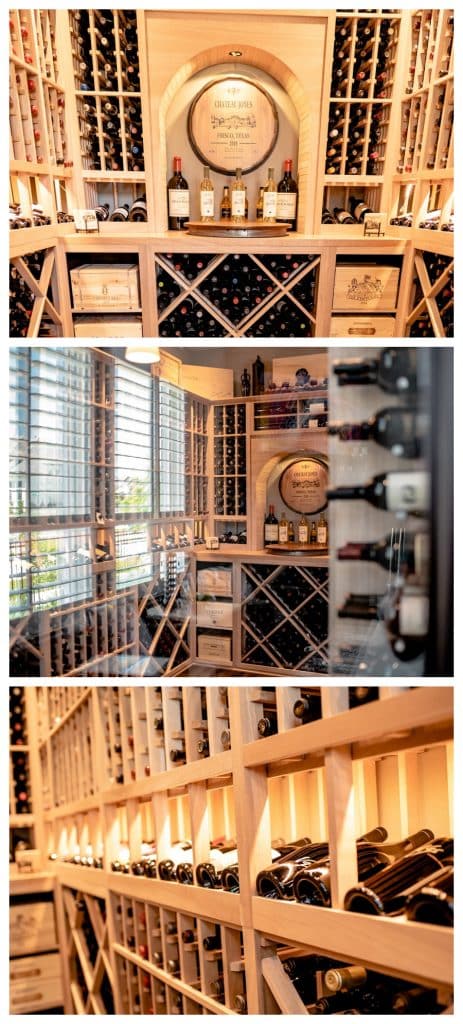
Easy and Consistent Color Scheme Would Make Your Wine Cellar a More Relaxing Zone
Many wine cellars have aggressive colors. This time, you would have to downscale and choose muted colors. Instead of dark brown or black, transitional style wine cellars use a clean color palette – beige, vanilla, khaki, cream, or similar. It is not necessary to go monotone. One, two, or even five of these colors can be combined. If you are using these shades together, keep color harmony in mind. You want to be consistent and faithful with the palette of your choice.
There are people who favor darker shades, and this will work fine with transitional style, too. However, consistency and balance are important.
Moderate Accents Would Make a Great Transitional Style Wine Cellar in Your Dallas Home
Transitional style is minimalist. Instead of using flashy décor and crammed-up accessories, you de-clutter and go minimal. But minimal here translates to limited but stunning focal pieces. This style does not rob you of your freedom to play with design. Go easy on your choice of extras in terms of quantity as this could create a cluttered look. For a limited space such as a wine cellar, this could ruin everything.
Feel free to have several artworks with light-colored frames or modest figurines in place of antiques. Choose simple designs but rich in personality. This is critical in wine cellars, where your wine collection may blend in as part of the accessories.
Comfy Furniture or Shelves to Create an Inviting Space
The furniture used in transitional style spaces is comfortable and inviting to look at. They usually mix curves and lines without being complicated. Coordinate furniture pieces that have subtle edges with your chosen color palette to create a balanced surrounding.
Understated Texture for a More Homely Feel
Make the texture work with the color and furniture. Even this should rhyme with the rest. It is an important factor in creating a transitional style wine cellar. Wood, granite, or stone have an organic texture that can complement your wine collection. Use them for your shelves and racks but keep them coordinated with the other elements. Diverse fabrics are also a popular feature in transitional style: cotton, suede, corduroy.
Build a Comforting Transitional Style Wine Cellar with the Help of Superb Dallas Wine Cellar Builders
If you are new to the transitional style wine cellar concept, our team of wine cellar builders in Dallas can help you bring it to life. With years of experience and a solid exposure to various interior designs, we will help you create an exceptional wine cellar, whether it be contemporary, classic, or transitional.
We have built hundreds of wine cellars from scratch for many years. From planning to designing to building it, our professional team will take care of it, with you working with us to ensure that you achieve your desired concept.
Call us today or visit our website for more information on how we can get your wine cellar project going.



